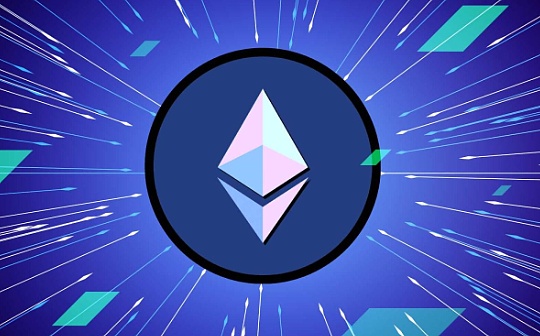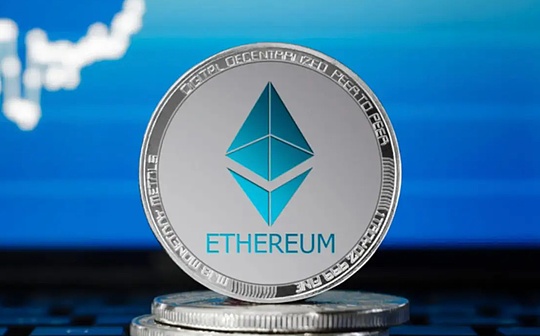
Author: Juan Leon, senior investment strategist at Bitwise; compiled by: 0xjs@Bitlink Vision
In 2024, two key narratives dominated the headlines of cryptocurrencies: Bitcoin’s rapid rise was driven by the launch of Bitcoin ETFs and record capital inflows; and Solana became a retail darling driven by Meme’s speculation.
This has made Ethereum, the world’s second largest crypto asset, largely overlooked.Of course, its 66% return so far this year is not bad, but it seems trivial compared to Solana’s 106% and Bitcoin’s 130%.
But something interesting has happened recently: Over the past 10 days, investors have become interested in Ethereum again.
You can clearly see this in spot Ethereum ETFs that have attracted up to $2 billion in net inflows over this time.By comparison, the same ETF had net inflows of just $250 million in the first four months.
So what happened here?
When I look backBitwise recently released 2025 crypto forecastWhen I suddenly realized this.Among the various price forecasts, we propose several “real world” megatrends that we believe will shape the industry in the coming year, from the continued rise of stablecoins to the surge in AI agents that use cryptocurrencies to trade.
But one of the biggest and most overlooked opportunities is focused on tokenization: the process of bringing huge real-world asset (RWA) markets to blockchain.
Today, the market is dominated by Ethereum.
“It’s not just a story for tomorrow”
Tokenization refers to the process of digitizing traditional financial assets (such as Treasury bonds or real estate) into tokens that can be traded on the blockchain.Tokenization is expected to make the purchase, sale and settlement of financial assets faster, cheaper and more digital.Many believe it may disrupt the basic foundations of financial market operations.
It’s not just tomorrow’s story.Tokenized assets are currently growing rapidly. BlackRock, UBS and other companies have introduced tokenized real-world assets into the network, covering government securities, commodities, real estate, private equity, etc.BlackRock, for example, has a $578 million tokenized Treasury fund and is looking to do more.We believe that tokenized fund assets will triple next year, with Ethereum being the driving force behind it.
Why Ethereum?
To put it in an old saying: You won’t be fired for building on Ethereum.
Ethereum is the most secure and decentralized platform among smart contract platforms that has been tested in practice.Since its inception in 2015, it has become a leader in decentralized applications, smart contracts and tokenization.It currently dominates 81% of the tokenized asset market, with its long-term track record and a large network of distributed validator make asset managers full of security and reliability when transferring assets to the chainconfidence.
Here’s the thing: It’s hard to exaggerate how big the RWA market is.The global real-world assets are worth approximately US$100 trillion.Most of these assets take time (perhaps decades) to move to the tokenization track.But if that is true, the expenses of RWA-related assets could exceed $100 billion a year.That’s more than 40 times Ethereum’s total $2.4 billion expense so far this year.With the incoming pro-cryptocurrency SEC expected to provide the regulatory clarity needed to accelerate tokenization, investors who are now betting on Ethereum may earn a huge return in the coming period.
This is just one of the many reasons we believe 2025 is a year when Ethereum returns to its peak.







